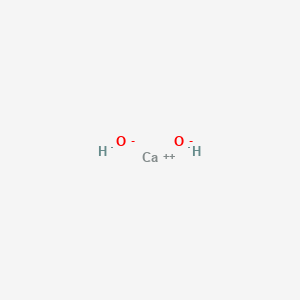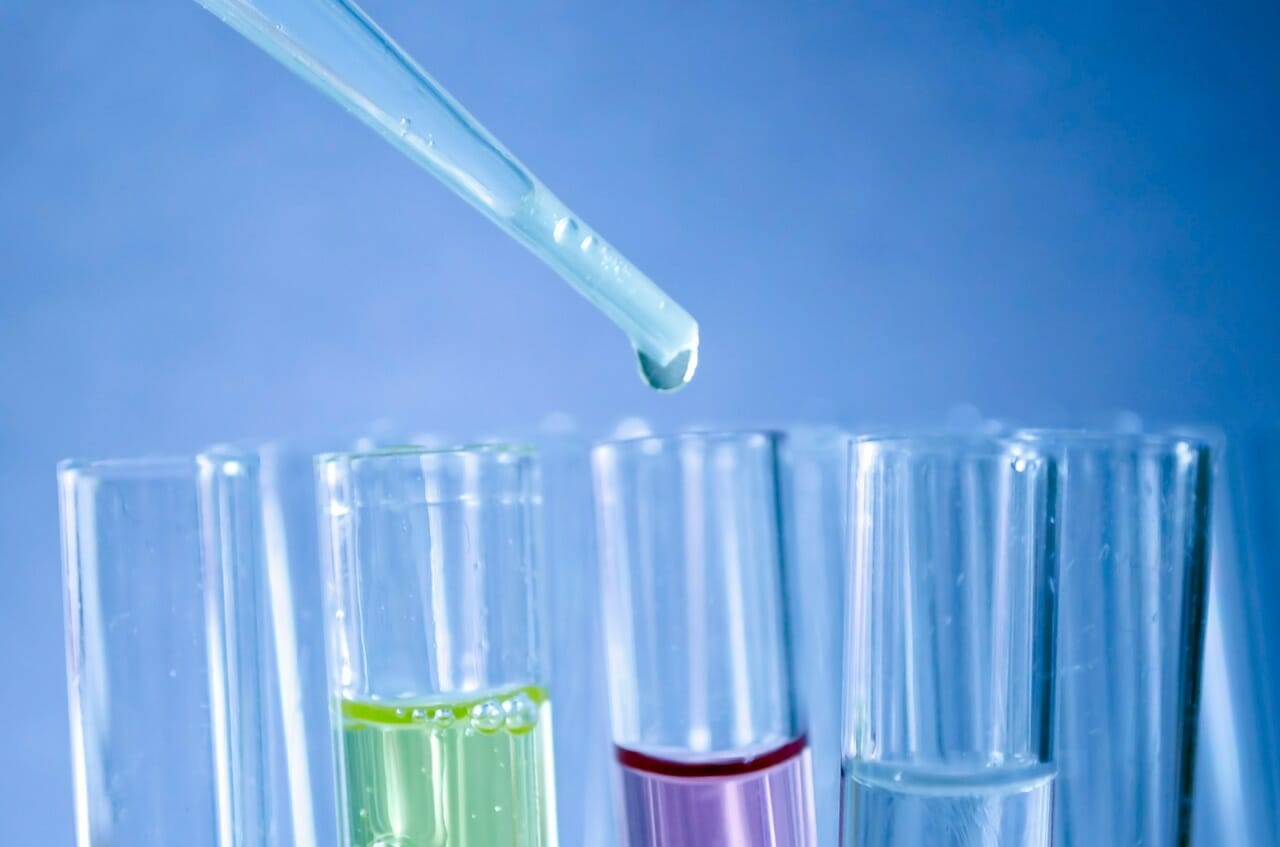Common chemicals big water treatment systems use are sodium hypochlorite and sodium bisulfite.
Sodium hypochlorite is a clear, slightly yellowish solution with a characteristic odor. As a bleaching agent, it is usually a 5 percent sodium hypochlorite with a pH of about 11. More concentrated solutions (10 to 15 percent) have a pH of about 13.
Sodium hypochlorite is a clear, slightly yellowish solution with a characteristic odor. As a bleaching agent, it is usually a 5 percent sodium hypochlorite with a pH of about 11. More concentrated solutions (10 to 15 percent) have a pH of about 13.
| Sodium Bisulfite pH is 3.6 to 4.6 used to lower the pH of outgoing water. This water treatment method is used to cancel the cation exchange capaticy. |





